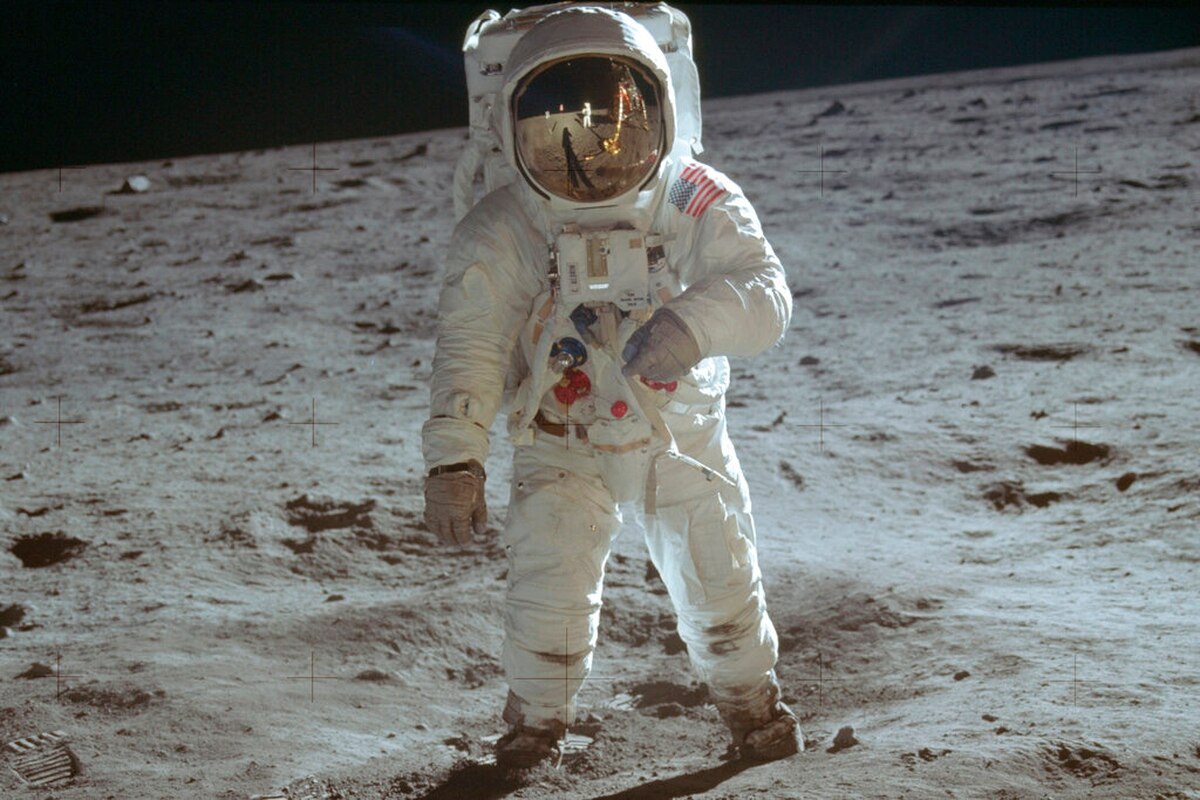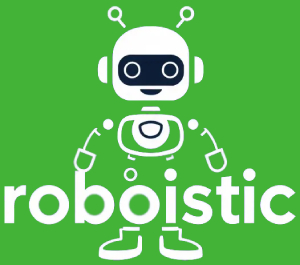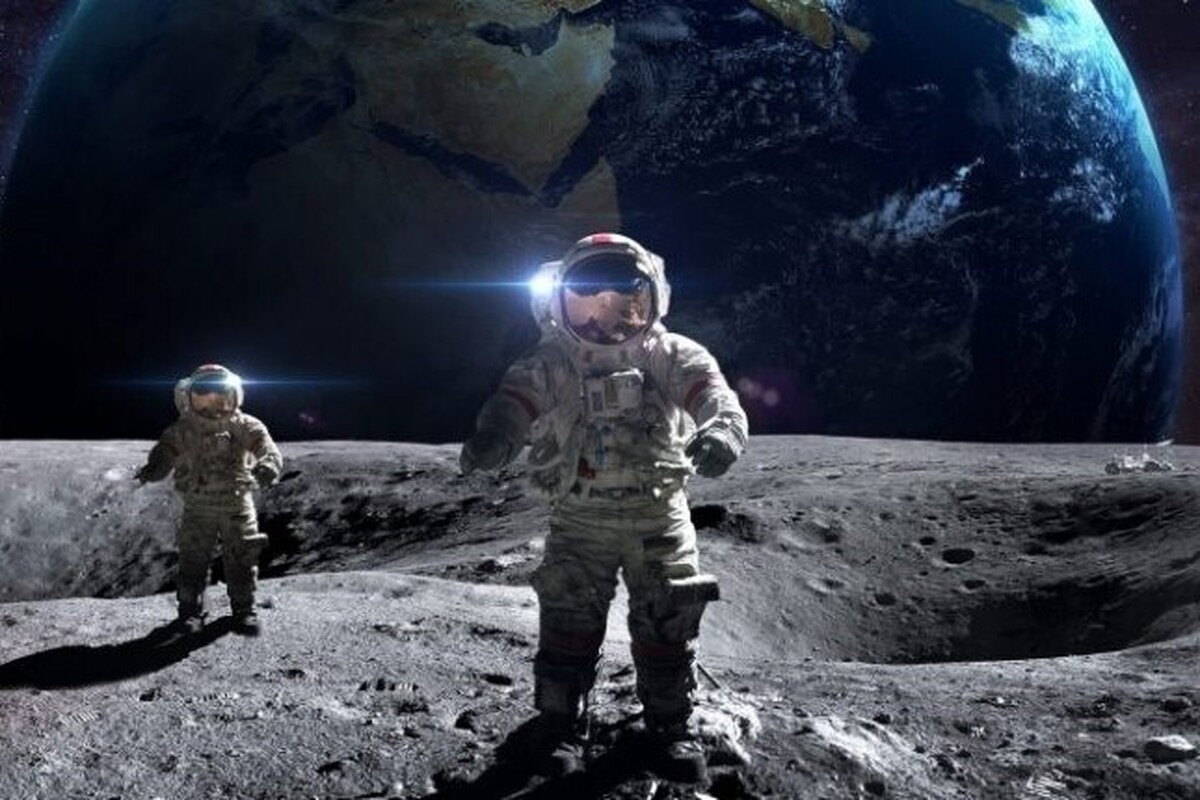The deadline for submitting proposals has passed and soon we will learn about the most innovative ideas for converting space waste into resources. Until now, astronauts often left their waste behind.
On the surface of the Moon there are not only rocks, dust and forgotten modules: there are also 96 bags of human faeces, urine and vomit that the astronauts of the Apollo program left behind to lighten the weight of their spacecraft. Half a century later, NASA is looking for a solution to this kind of ‘biological legacy’. And it is willing to pay up to 3 million dollars (about 2.75 million euros) for it.
The challenge is called the LunaRecycle Challenge and the deadline for submitting applications has just ended, March 31, 2025. Now, the space agency is preparing to analyze the proposals and choose the most promising technologies. Soon we could learn about the systems that will make it possible to transform human waste and space debris into water, energy, fertilizer, or even lunar construction materials.
What we leave behind on the Moon
During the Apollo missions, the astronauts took with them everything they needed to survive several days in space: food, water, oxygen, suits, tools… But, when it came to returning, weight mattered. So, in order to make room for the lunar samples, they had to leave behind what they no longer needed: worn-out suits, technical equipment, packaging and those 96 bags of human waste.
Now, with the return of humans to the Moon through the Artemis program, NASA wants to make sure that history is not repeated. Or, better still, that this waste can be reused.
“NASA is committed to sustainable space exploration. As we prepare for future manned space missions, it will be necessary to consider how to minimize the various waste streams, including solid waste, as well as how to store, process and recycle them in a space environment so that there is minimal or no return to Earth,” the agency explains.
What is the LunaRecycle Challenge?

The LunaRecycle Challenge was open to participants from all over the world: engineers, scientists, startups, universities… The objective was to find technologies capable of processing solid waste generated in space missions.
We are talking about all kinds of waste: food packaging, used clothing, laboratory material… and also biological waste.
Proposals could be submitted in two categories:
- Physical prototypes: functional systems that can be used on the Moon to recycle waste.
- Digital twins: virtual simulations of a complete lunar recycling system.
All with one idea in mind: reusing waste to produce useful resources such as water, fertilizers, building materials or biofuels.
The first phase of the challenge is over. In the coming weeks, NASA will review all the proposals received and select the most promising ones. Those that make the cut will be able to continue to a second, more advanced phase, where functional prototypes and pilot tests will be developed.









